Formula C5H7N3O2 | Molar mass 141.13 g/mol | |
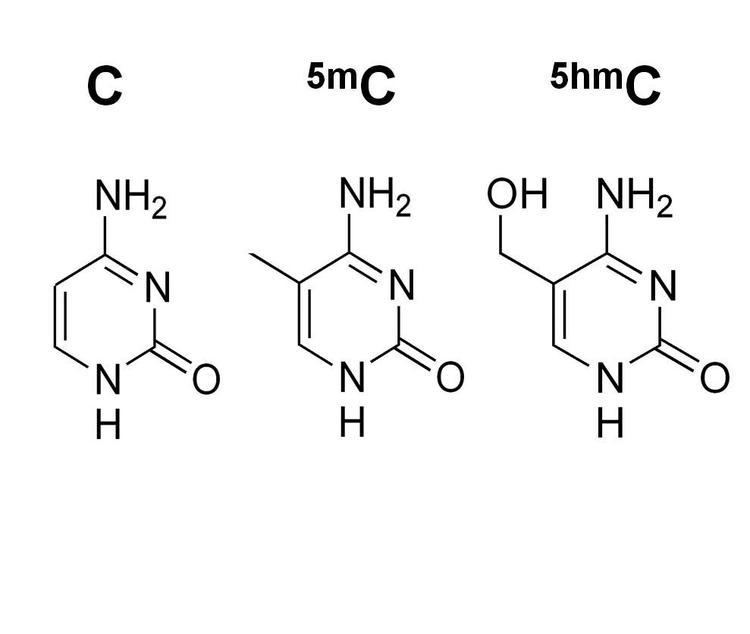 | ||
Global and locus specific 5 hydroxymethylcytosine detection and quantification
5-Hydroxymethylcytosine is a DNA pyrimidine nitrogen base derived from cytosine. It is potentially important in epigenetics, because the hydroxymethyl group on the cytosine can possibly switch a gene on and off. It was first seen in bacteriophages in 1952. However, in 2009 it was found to be abundant in human and mouse brains, as well as in embryonic stem cells. In mammals, it can be generated by oxidation of 5-methylcytosine, a reaction mediated by the Tet family of enzymes. Its molecular formula is C5H7N3O2.
Contents
- Global and locus specific 5 hydroxymethylcytosine detection and quantification
- The new epigenetic modification 5 hydroxymethylcytosine what is its function by richard meehan
- Localization
- Function
- History
- References
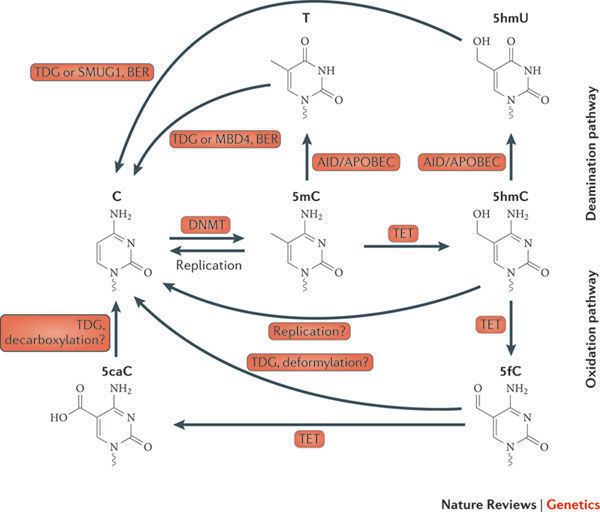
The new epigenetic modification 5 hydroxymethylcytosine what is its function by richard meehan
Localization
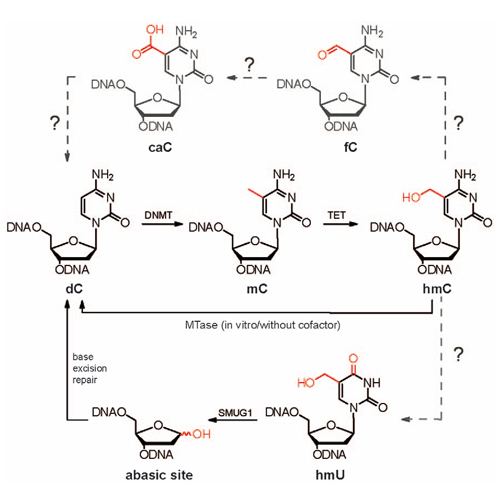
Every mammalian cell seems to contain 5-Hydroxymethylcytosine, but the levels vary significantly depending on the cell type. The highest levels are found in neuronal cells of the central nervous system. The amount of hydroxymethylcytosine increases with age, as shown in mouse hippocampus and cerebellum.
Function
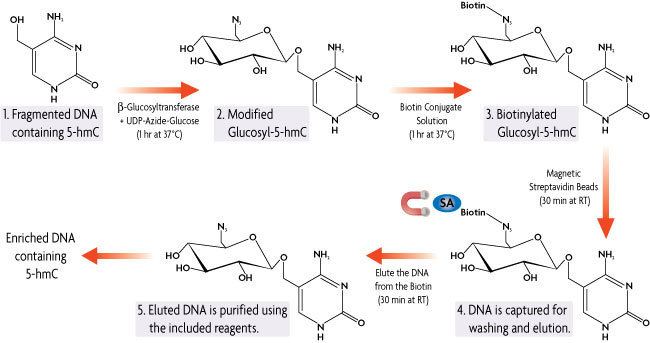
The exact function of this nitrogen base is still not fully elucidated, but it is thought that it may regulate gene expression or prompt DNA demethylation. This hypothesis is supported by the fact that artificial DNA that contains 5-hydroxymethylcytosines (5hmC) can be converted into unmodified cytosines once introduced into mammalian cells. Moreover, 5hmC is highly enriched in primordial germ cells, where it apparently plays a role in global DNA demethylation. Additionally, 5-Formylcytosine, an oxidation product of 5-Hydroxymethylcytosine and possible intermediate of an oxidative demethylation pathway was detected in DNA from embryonic stem cells, although no significant amounts of these putative demethylation intermediates could be detected in mouse tissue. 5-Hydroxymethylcytosine may be especially important in the central nervous system, as it is found in very high levels there. Reduction in the 5-Hydroxymethylcytosine levels have been found associated with impaired self-renewal in embryonic stem cells. 5-Hydroxymethylcytosine is also associated with labile, unstable nucleosomes which are frequently repositioned during cell differentiation.
History

5-Hydroxymethylcytosine was observed by Skirmantas Kriaucionis, an associate at the Heintz lab, who was looking for levels of 5-methylcytosine in two different neuron types. He discovered a significant amount of an unknown substance instead, and after conducting several tests, identified it as being 5-hydroxymethylcytosine.
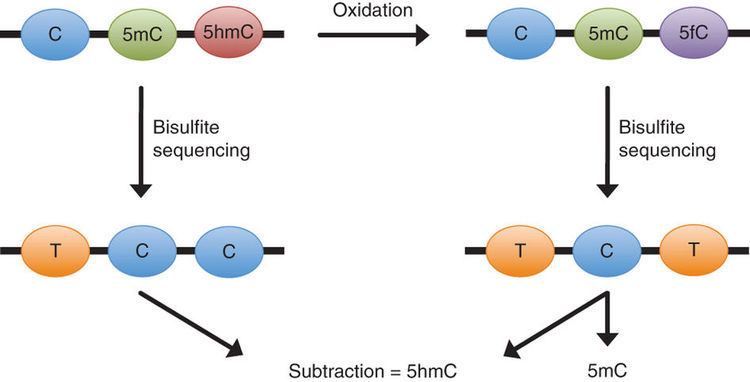
The lab of L. Aravind used bioinformatic tools to predict that the Tet family of enzymes would likely oxidize 5-methylcytosine to 5-hydroxymethylcytosine. This was demonstrated in vitro and in live human and mouse cells by scientists working in the labs of Anjana Rao and David R. Liu.
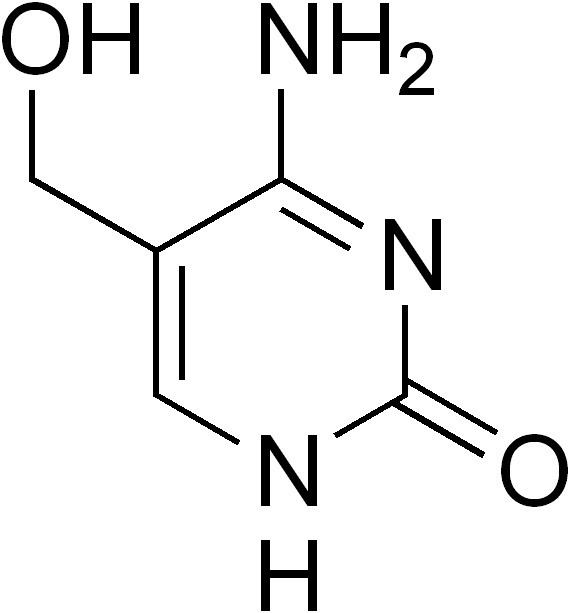
5-Hydroxymethylcytosine was originally observed in mammals in 1972 by R. Yura, but this initial finding is dubious. Yura found 5-hmC present at extremely high levels in rat brain and liver, completely supplanting 5-methylcytosine. This contradicts all research conducted on mammalian DNA composition conducted before and since, including the Heintz and Rao papers, and another group was unable to reproduce Yura's result.

With the discovery of 5-hydroxymethylcytosine some concerns have been raised regarding DNA methylation studies using the bisulfite sequencing technique. 5-hydroxymethylcytosine has been shown to behave like its precursor, 5-methylcytosine, in bisulfite conversion experiments. Therefore, bisulfite sequencing data may need to be revisited to verify whether the detected modified base is 5-methylcytosine or 5-hydroxymethylcytosine. In 2012 the lab of Chuan He discovered a method to solve the problems of 5-hydroxymethylcytosine being detected as 5-methylcytosine in normal bisulfite conversion experiments using the oxidative properties of the Tet-family of enzymes, this method has been termed TAB-seq.

